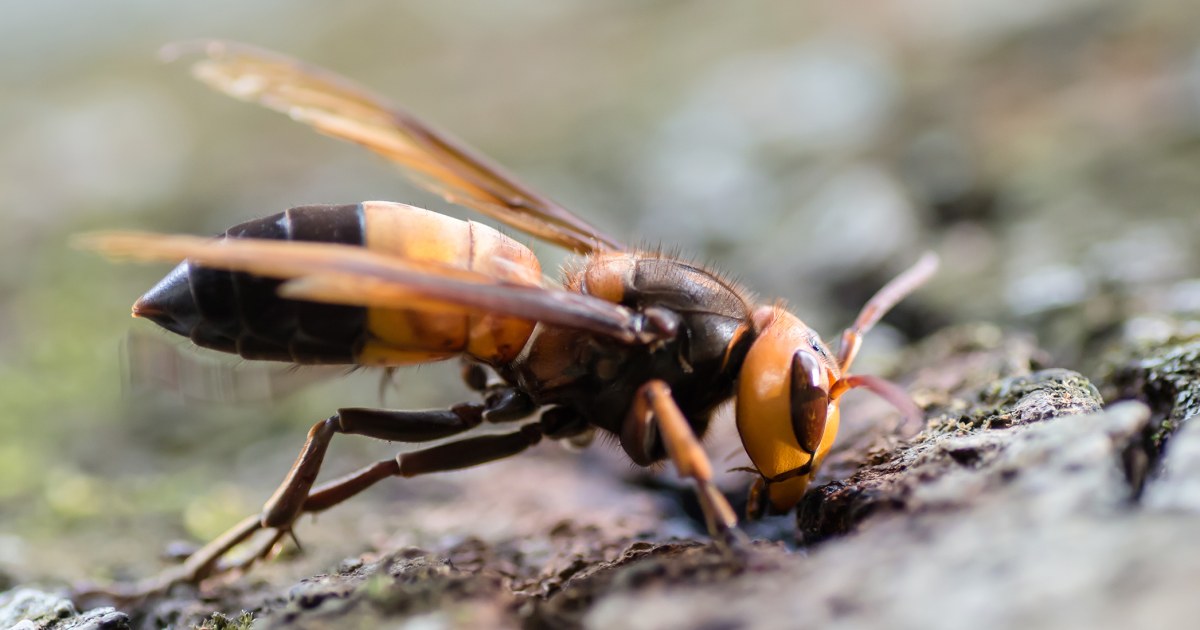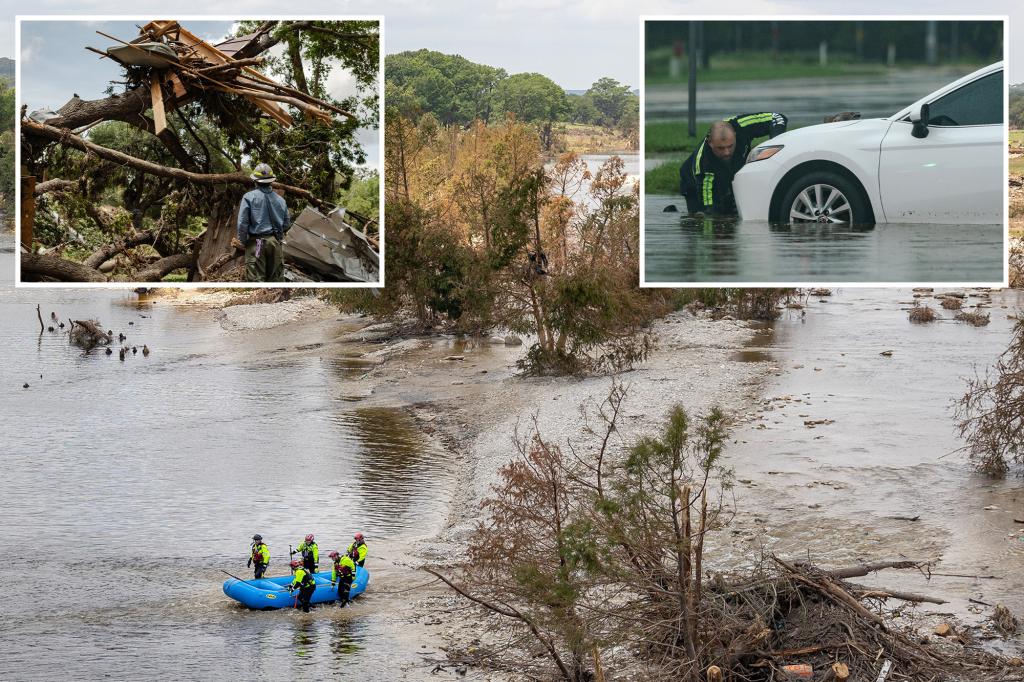Europe is facing a new ecological threat: the arrival of invasive “murder hornets,” a species of giant hornets that are now being found in several parts of the continent. This alarming development has sparked widespread concern among environmentalists, authorities, and beekeepers alike. The hornets, known for their aggressive nature and potential harm to honeybee populations, pose significant challenges to local ecosystems and agricultural practices. In this article, we explore the nature of the threat, the ecological and economic implications, and the efforts being made to control and mitigate the impact of these invasive predators.
The Invasive Arrival of Murder Hornets in Europe
The so-called “murder hornet” is a term commonly used to describe the Vespa mandarinia, a species of hornet native to East Asia. In recent years, these hornets have spread beyond their native range, making their way to North America and, more recently, to Europe. First discovered in France in late 2020, their presence has raised alarms across the continent, particularly among those concerned with the survival of pollinator populations, such as honeybees, which are crucial to agriculture.
The hornets are not naturally aggressive towards humans but can be dangerous if provoked. What sets them apart from native European hornets is their size, aggressive behavior, and their ability to decimate honeybee colonies. A single hornet can kill dozens of bees in a matter of hours, and large-scale attacks can devastate entire hives. This not only threatens bee populations but also the wider ecosystem that depends on pollination.
Ecological and Economic Impacts
One of the most immediate concerns with the arrival of murder hornets in Europe is the potential damage they could cause to the local environment. Honeybees, which are vital for pollinating a wide variety of crops, could face significant population declines due to predation by hornets. This could result in lower agricultural yields, particularly in regions that rely heavily on bee-pollinated crops such as fruits, vegetables, and nuts.
Impact on Agriculture
Europe’s agricultural industry relies heavily on honeybees for pollination. The EU has long recognized the essential role of bees in maintaining biodiversity and food security. According to the European Commission, over 80% of flowering plants and 75% of food crops depend on insect pollination. If the population of honeybees is severely impacted by the hornet invasion, farmers could face reduced crop yields, affecting both local economies and food prices.
- Fruit production: Apples, cherries, and other fruit crops could see reduced yields, which would have a direct economic impact on farmers, especially in countries like Spain, Italy, and France.
- Vegetables and nuts: Crops such as almonds and tomatoes also depend on pollinators, and their production could decline if honeybees are threatened.
- Biodiversity loss: Beyond agriculture, the loss of honeybees could affect broader ecosystems, as they play a role in pollinating a wide range of wild plants.
Public Health Concerns
While the hornets primarily pose a threat to bees, their aggressive nature can also affect humans. Hornets are capable of delivering a potent sting, which in rare cases can cause severe allergic reactions. The venom of a murder hornet is more toxic than that of native European hornets, making stings potentially more dangerous. Multiple stings, especially if someone is allergic, can lead to serious health issues, including anaphylaxis. In some extreme cases, hornet stings have been fatal, though such incidents are rare.
Efforts to Control the Invasive Hornets
Controlling the spread of murder hornets is a significant challenge, particularly as the species continues to establish itself in new regions. Authorities across Europe, particularly in France, where the first cases were discovered, have implemented various strategies to contain the hornet population and mitigate its impact.
Monitoring and Trapping
One of the first steps in managing the hornet population is monitoring and trapping. Authorities have deployed large-scale efforts to trap the hornets using baited traps, which help to reduce the number of hornets in an area and monitor their movements. In some regions, volunteer beekeepers have also been trained to identify hornet nests and remove them safely.
- Early detection: Catching hornets early in the season is critical to preventing their population from exploding. This requires effective surveillance and timely responses to sightings.
- Trap designs: The use of specialized traps that mimic the hornets’ natural food sources (like sugar water) has been shown to attract and capture them more efficiently.
Biological Control and Research
Some experts are looking into the possibility of using natural predators or biological control methods to reduce the hornet population. For instance, some species of birds and mammals, like certain types of birds of prey, have been observed preying on hornets. Researchers are also exploring the potential use of parasitoid wasps, which target hornet larvae. However, these methods are still in early stages of research, and their long-term effectiveness remains to be seen.
Public Awareness Campaigns
Public awareness is another critical aspect of controlling the spread of murder hornets. Authorities have launched educational campaigns to inform the public about how to identify the hornets, what to do if they encounter them, and how to report sightings. Beekeepers, in particular, have been advised to increase vigilance and take steps to protect their hives, including installing mesh barriers around colonies to prevent hornet attacks.
Broader Implications: The Growing Threat of Invasive Species
The arrival of murder hornets in Europe highlights a broader issue: the increasing frequency of invasive species spreading across continents due to globalization, climate change, and human activity. These species, often without natural predators in their new environments, can wreak havoc on local ecosystems, agriculture, and even human health. The European Union has recognized this threat and is working to strengthen regulations on invasive species to prevent future outbreaks.
Globalization and Trade
Global trade and travel have significantly accelerated the movement of species across borders. In the case of the murder hornet, it is believed that the species was inadvertently transported through international trade, possibly via shipping containers or freight. The movement of goods and people has facilitated the spread of other invasive species, such as the Asian longhorn beetle, which has caused similar ecological damage in Europe.
Climate Change and Adaptation
Climate change is also playing a role in the spread of invasive species. Rising temperatures and shifting weather patterns can create more favorable conditions for species that were previously confined to warmer climates. For example, the hornets’ ability to thrive in the cooler European climate is partly due to the changing weather patterns associated with climate change.
Conclusion: A Call for Swift Action
The arrival of murder hornets in Europe is a serious ecological and agricultural threat that requires immediate attention. While there are efforts underway to control and mitigate the hornet population, the ongoing spread of invasive species is a reminder of the broader challenges posed by globalization and climate change. It is crucial that European authorities, environmental organizations, and the public work together to address this issue, not only to protect local ecosystems and agriculture but also to prevent similar threats in the future. Early detection, rapid response, and long-term strategies will be essential in combating this growing threat.
For more information on the management of invasive species in Europe, visit the European Commission’s invasive species page.
Additionally, learn more about the environmental impacts of invasive species by exploring this Nature Conservancy article.
See more Your Daily Weather



